In my experience, excluding the limited cases where purely local settings are involved, everything should be in source control. The law of source control is that everything pushed in should be expected to work by those who pull out. Unfortunately, eclipse often causes things like this to be in .classpath:
<classpathentry kind="con"
path="org.eclipse.jdt.launching.JRE_CONTAINER/org.eclipse.jdt.internal.launching.macosx.MacOSXType/Java SE 7"/>
So on my Mac this works, and maybe someone on a Mac has the same JRE, but this will not work for anyone else.
Also, there's no easy way around this. Eclipse will always add that in. I WANT to have the .classpath file in there, because there are some 3rd party JARs in our lib folder where we care about versioning, so we leave them in there so new developers do not have to get them. We're moving to a managed system, but still have managed+unmanaged dependencies checked in. This means all the developers just have to ensure two directories are in their .classpaths. But it's better than having to fix your JRE every single time you pull and have a change in your .classpath every single time you commit.
Eclipse does some other nice things for you though. The .project file will usually be the same across instances, so include that. But the best thing about source control for eclipse is the Run Configurations settings. Under the "Common" tab in the Run Configurations dialog, save the configurations so they appear for your colleagues under the favorites lists for Debug and Run. For me, a bunch of .launch files go in the .settings directory, so we can all use them.
So I say: .settings directory goes into source control for launch configs (except *.prefs)
.classpath stays out
.project goes in.

